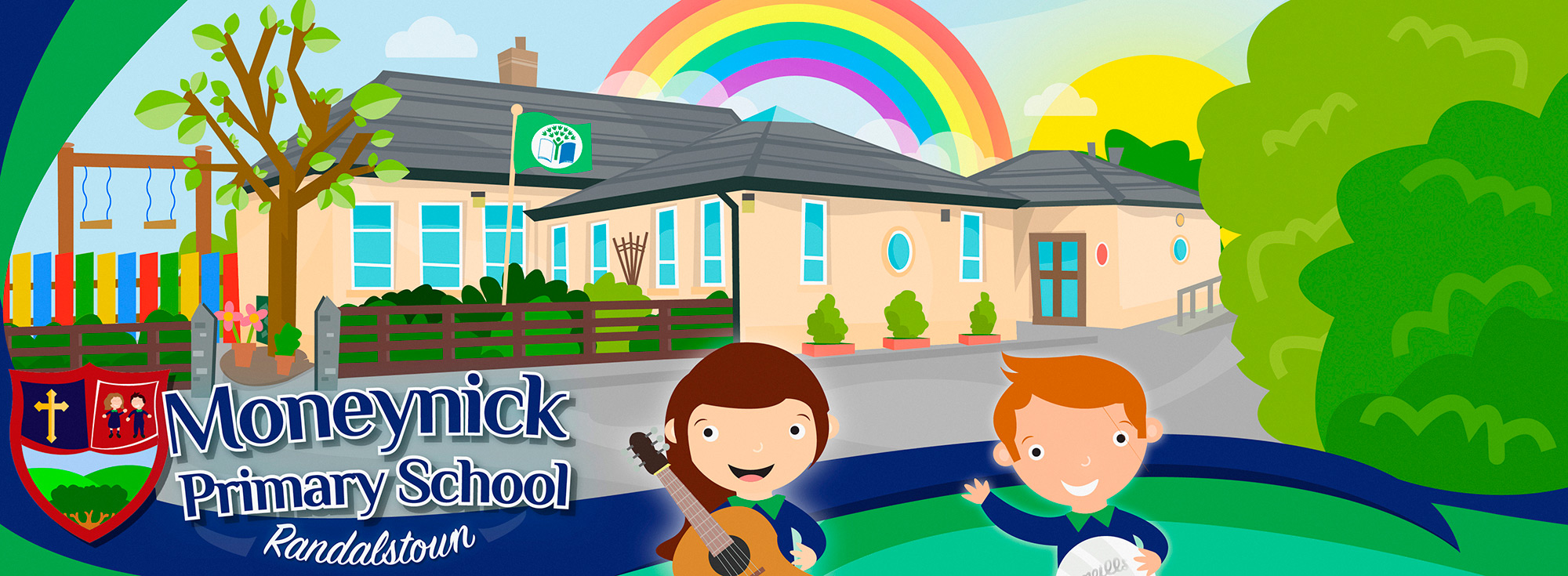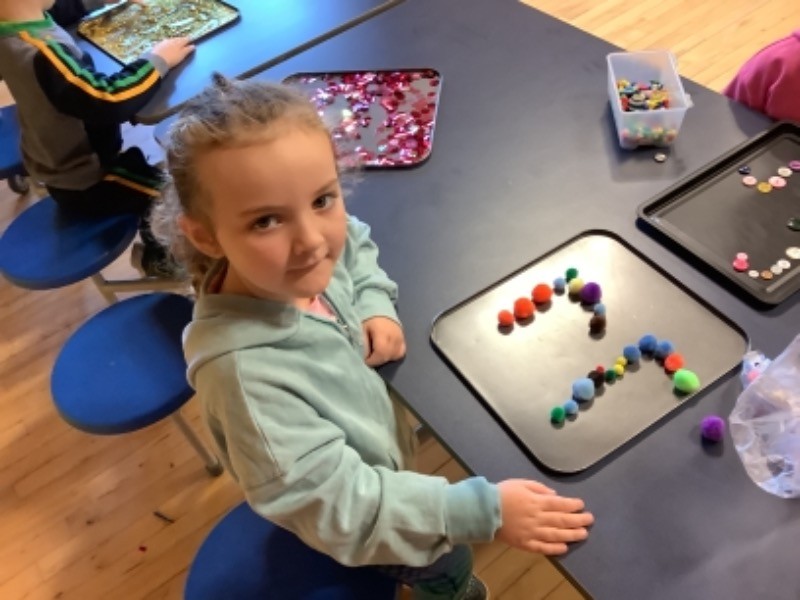Multisensory Learning
Multisensory learning is all about encouraging learners to use more than one of their senses when taking in new information. This learning style promotes using activities that appeal to our visual, auditory, kinaesthetic and tactile senses.
The teaching of phonics should include a broad range of multisensory activities. Activities that employ several senses and techniques will support memory. Changing up the activities will keep interest high and make the learning enjoyable.
Here are some useful strategies. As well as being terrific tools to teach common high frequency words, they are also excellent ways of supporting phonics.
1. Moving and Exchanging Letters
Words can be built using magnetic or scrabble letters. This way, memory links for particular words and how words relate to each other words is formed.
2. Playdough
Some children have greater success in learning whole words by ‘building’ playdough words. Choosing a variety of colours adds extra fun.
3. Glitter, sequins, sand and pom-poms
Some children like to use their sense of touch to create letters and spell words.
4. Various writing tools
Chalks, slate, paper, card, whiteboards, pencils, markers and paint add extra colour, texture and experience.
Multi Sensory techniques are used daily in school to enhance our multi-sensory learning.




































